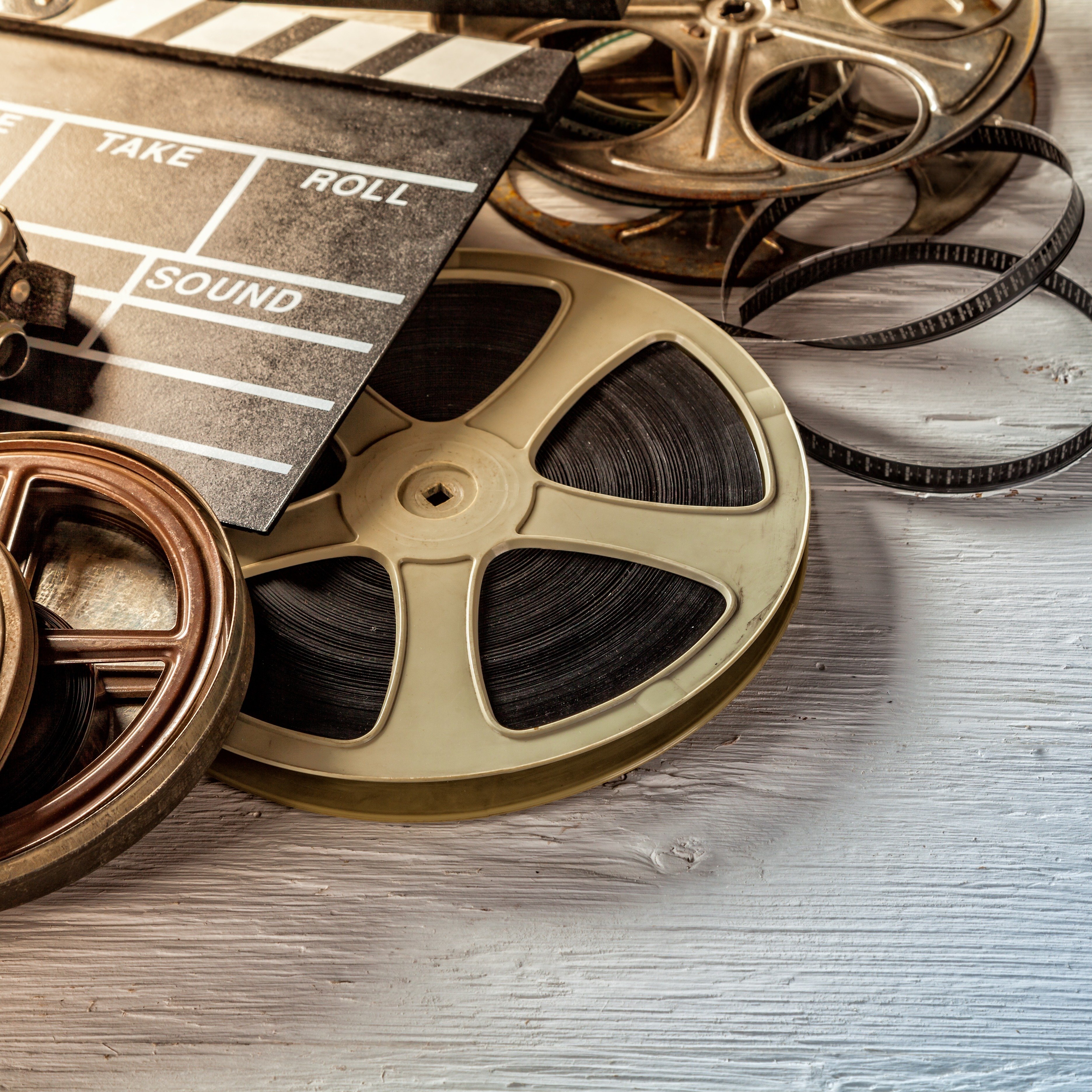
THE EXIT PLANNING BLOG
Keep up-to-date with exit planning, succession planning, industry trends, unique specialty insights, and useful content for professional advisors and business owners.
Share this
Calm the Storm: Exiting from a Large Public Company
by Exit Planning Institute on May 30, 2024

While exiting from privately held companies isn’t easy, public companies have a vastly different set of considerations when it comes time for leaders to exit. For example, the SEC regulations can make exiting more difficult as they have standards for how you say and do things. Also, the CEO, President, or Chairperson oftentimes was once the private business owner that took the company public. Because of that leader’s expertise and goodwill, the shakeup caused by an exit could cause uncertainty among shareholders.
In times of uncertainty, it’s important to have a framework to lean into, making sure the process is sound. Leaning into the exit planning methodology built by the Exit Planning Institute® that exit planners can assist with the special considerations that come along with a public company exit.
The Expertise of Gordon Bell
To understand how to make a public exit successful, we called on Gordon Bell, a proud CEPA® and long-time member of the exit planning community. Gordon—or Gord as we know him—is the Founder and CEO of The Midland Group and is a veteran of two large public exits—both as a leader and an adviser.
But before that, he and his team invented the oven that automated—and revolutionized—the pizza industry.
Gord was CEO of a company owned by management and private equity in the 1980s. Things were going well, with loyal customers and an emerging technology that was changing the industry. He was named president and chairman of the company. He conducted the IPO in 1986, there with the team, not just the company touring to sell it. He traveled to Scotland and met with representatives of the company and their toughest buyers and earned their approval. The IPO set a record rate of return that private equity measures transactions on. But private equity as it is, the firm saw the company as an investment—an investment that one day you must exit from to realize the income.
Gord said “I came to a point in my career that it was time for me to move on. I had done everything and didn’t want to do it anymore. I met with the Board, and they asked, ‘how do we keep the company going?’. I said I had a succession plan and they told me to implement it.”
Gord wasn’t interested in an exit that involved hostility. He wanted a gracious exit. The negotiation centered on one question: “How do we protect the shareholders, the company, and the employees to honor their investing in us?”
And so, Gord offered to the investors to stay on and train his successors, he could ensure the industry didn’t get shaken up by his exit. And, with him continuing on the Board of Directors, he could take his successors, a Chairman and a COO, to all the key customers and make sure they knew that he wasn’t going anywhere, he was staying on the Board.
What resulted was a calm customer base and a graceful exit.
Factors for a Graceful Public Exit
When he was a young private equity CEO, Gord was mentored by seasoned investment bankers that taught him these four factors for a public exit.
Leadership
Know the leadership team and their skills and know the succession contingency plans according to the 5 Ds: Divorce, Death, Distress, Disability, and Disagreement (or in Gord’s words “I don’t want to do this anymore.”). Having a clearly articulated plan in the event of these major life events can keep a public company steady—during and after exit.
Organic Business Plan
The organic business plan must make horse-sense, regardless of the leader. Does the product or service matter? What is the plan for growth? There are three things that Gord considers: Is the plan real, can we win, and is it worth it?
Financial Metrics
The financial numbers are key to a graceful public exit. They must be predictable, with predictable reinvestment.
Growth Opportunities
During a public exit, know all the company’s growth strategies—and be sure there are more strategies than can possibly be implemented. You don’t want to put all your eggs in one basket. Excess growth is key for the new investor or management team to “keep the flywheel going,” as Gord recommends.
Key Considerations
Gord got to advise on another public exit years later in 2010, guiding one of two owners through a graceful exit.
While working with them, Gord asked three very important questions: What vision do you have for business and life, where are you in the journey to accomplish them, and do you still have fire in your belly?
“Then I shut up and listen,” Gord says, as that sets the standard for value enhancement.
By not rushing to the seven-point checklist, it allows them to understand the hurts, hangups, needs and joys of his client. In the end, Gord and the process helped his client develop five goals for exit: leave gracefully, know what the company is worth, know how much to sell, know what they should do post-transaction, and know what to do with the rest of their life.
“The beautiful thing about the Exit Planning system is that if you follow it, you have a high probability of a graceful, successful exit,” Gord says. “If you miss something in the checklist, you’ve not served your client well, and you might not have a graceful exit or maximize the value for your client. We’re trying to improve the value and de-risk it, so you have a high degree of closing it.”
Even in public companies, and especially in public companies where the management team were once the private owners, an exit could be seen as a storm. Through clearly articulated leadership plans, business plans, financial numbers, and growth strategies, you can experience a public exit that calms the storm.
Related Resources:
Share this
- Blog (545)
- CEPA (423)
- exit planning (249)
- CEPA community (187)
- Business Owner (172)
- Exit Planning Summit (97)
- EPI Chapter Network (89)
- Value Acceleration Methodology (80)
- Exit Planning Partner Network (76)
- EPI Announcement (49)
- Content (48)
- Webinars (37)
- Excellence in Exit Planning Awards (33)
- Marketing (30)
- 2024 Exit Planning Summit (28)
- 5 Stages of Value Maturity (26)
- Books (24)
- EPI Academy (24)
- EPI Team (22)
- Exit Planning Teams (22)
- Leadership (21)
- 2023 Exit Planning Summit (20)
- family business (20)
- women in business (19)
- Intangible Capital (18)
- Exit Options (17)
- Black Friday (16)
- CPA (15)
- Walking to Destiny (15)
- State of Owner Readiness (14)
- Chapters (13)
- Chris Snider (12)
- National Accounts (12)
- Small business (12)
- charitable intent (12)
- personal planning (12)
- Financial Advisors (11)
- Season of Deals (9)
- 5 Ds (8)
- About us (8)
- Podcast (8)
- Insiders Bash (7)
- Scott Snider (7)
- Christmas (6)
- Exit Planning Content Library (6)
- Case Studies (5)
- Owner Roundtables (5)
- Three Legs of the Stool (5)
- Value Advisors (5)
- financial planning (5)
- Awards (4)
- Circle of Excellence (4)
- Exit & Succession (4)
- Five Ds (4)
- executive training (4)
- EPI Thought Leadership Council (3)
- Owners Forum (3)
- author (3)
- forbes (3)
- DriveValue (2)
- Exit Is Now Podcast (2)
- Peter Christman (2)
- Veteran (2)
- Whitepapers (2)
- Business Owners Forum (1)
- SOOR (1)
- business consultants (1)






